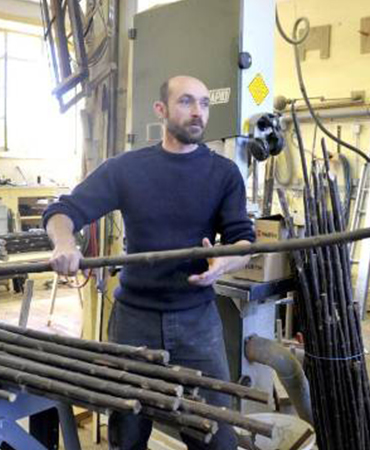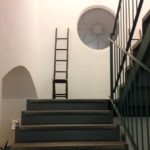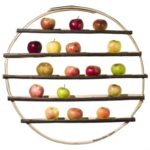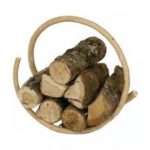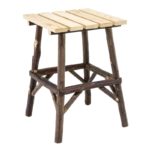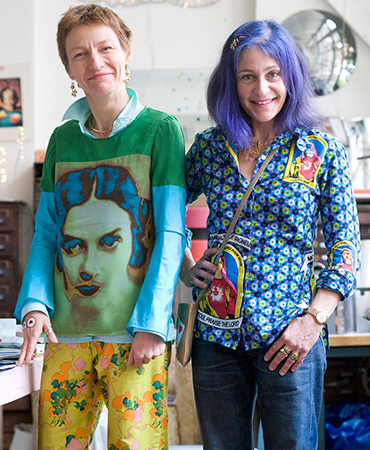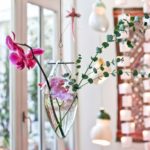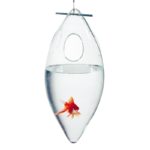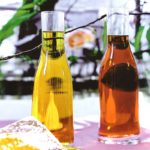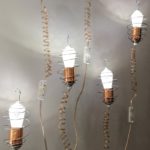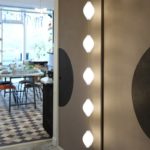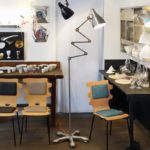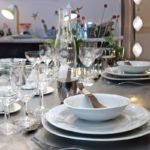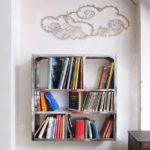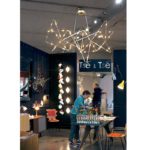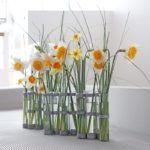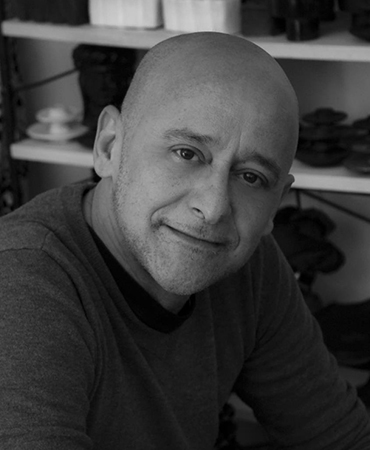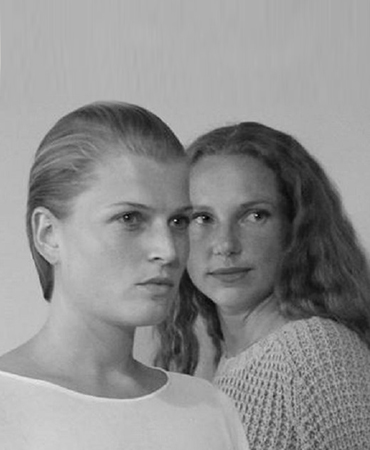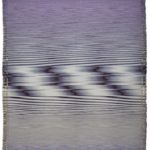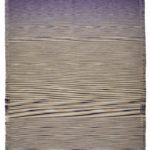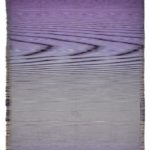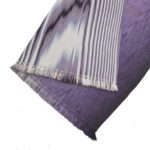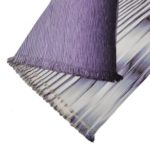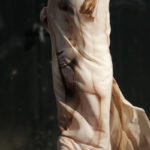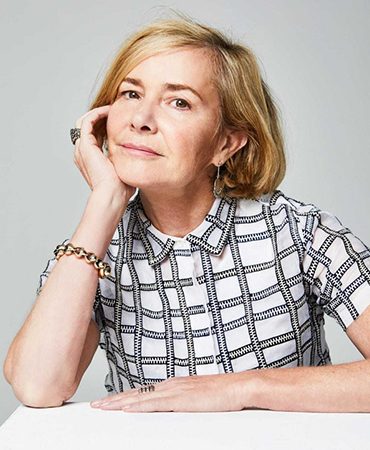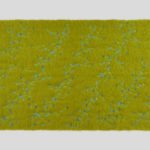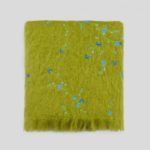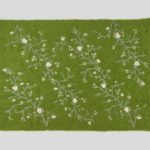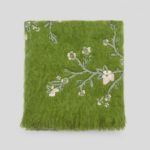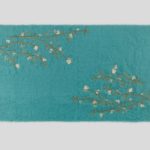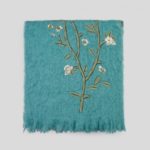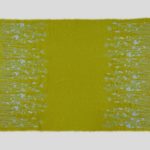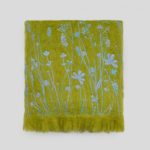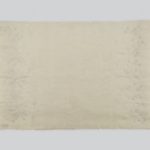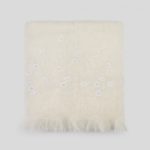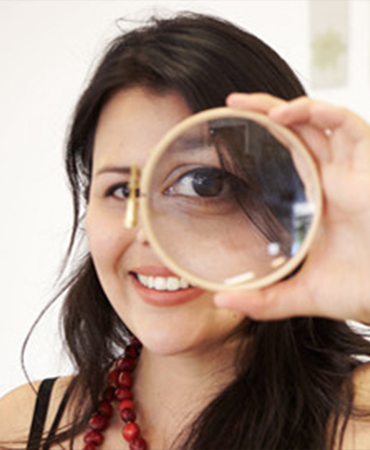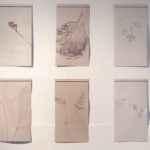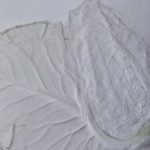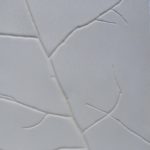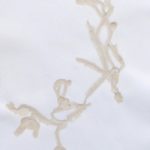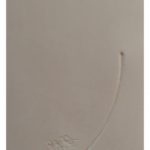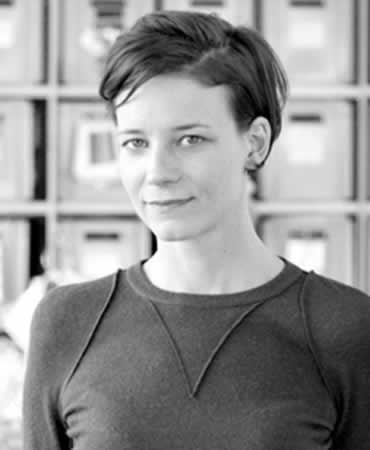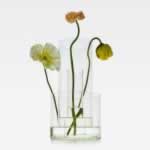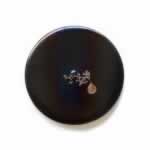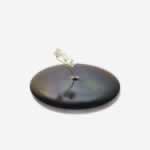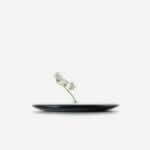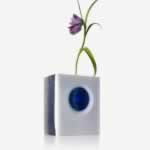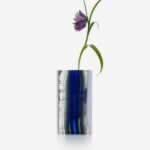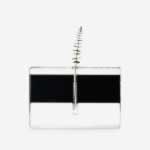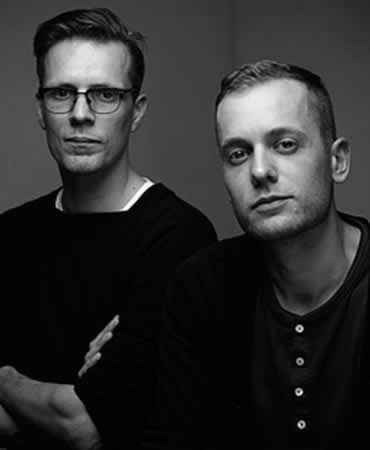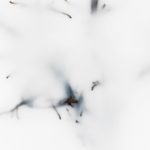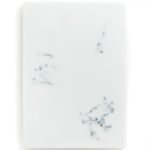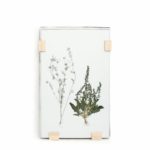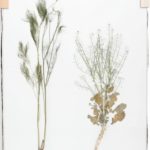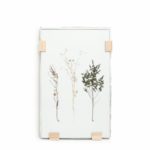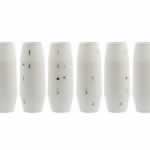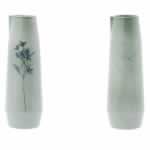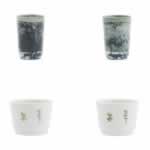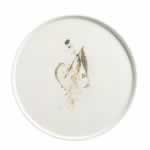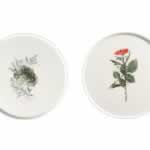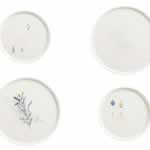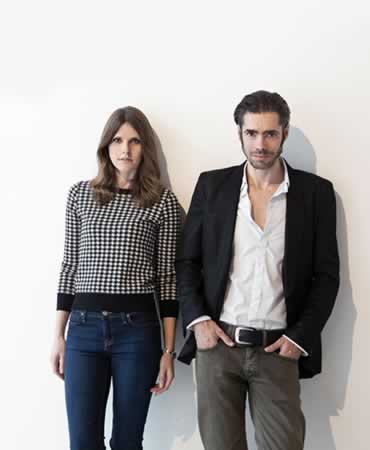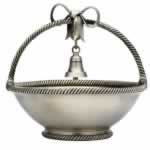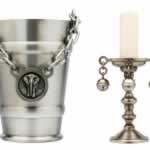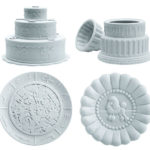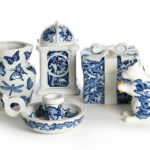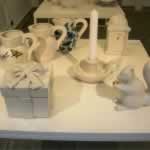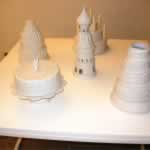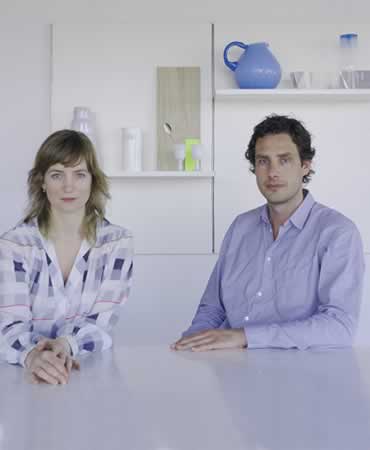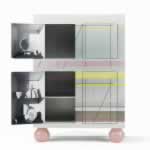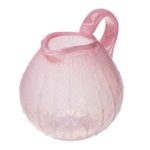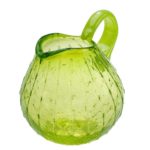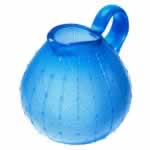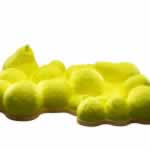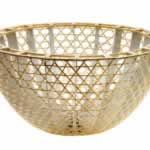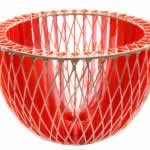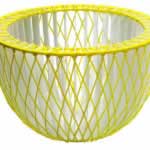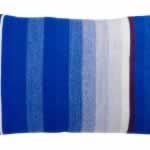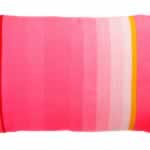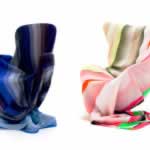For about 20 years Cyril Delage, with the pseudonym of Enkidoo, has transformed wood into refined furniture or very poetic decorative accessories according to his wishes and those of others and uses self-criticism and irony with the same dexterity with which he models the chestnut armchairs on which he loves to work early in the morning, when the sun comes to disturb him in his laboratory surrounded by nature. The rays shine on the cobwebs that frame the tesserae of what was, several years ago, the Chalard school and who experienced a reawakening of energy thanks to this enlightened and lonely artist. Standing in the middle of what an uninformed person could confuse with a joyful unorganized bazaar, Cyril, 48, loves to tell his job in a sincere way.
Known in Europe and also in Japan, designer, decorator, carpenter, agitator of ideas, he is certainly atypical, declaring without delay a reasonable turnover, which depends on the years, the wood, the inspiration, the moment …
Enkidoo, passionate and tenacious self-taught, who has become known in international fairs and exhibitions in galleries in Paris, Belgium, England and Italy by Ferrero1947, who met him at the beginning of his activity, responds to the requests of loyal and passionate customers of his art, but first of all to his personal needs.
His choices on wood tend to favor the woods of his region, in particular chestnut, rather than Canadian species; sometimes, it adds metal to design furniture and decorative accessories.
Where do Enkidoo get his inspiration from ? He does not say it precisely, or perhaps he does not want to reveal it and is confident that he has roughly one idea per minute, but in an hour … admitting that when one creates, he actually has many constraints, never being completely free. Some specimens are born from personal needs such as small tables made almost by chance for grandchildren for Christmas; being two advanced, they were seen by some customers and the request was born.
At the beginning Cyril Delega did not produce, he only drew, but later he learned the woodworking, discovering some techniques on a whim and others for passion and curiosity. His collaboration with the landscape architect Gilles Clément during an exhibition at the gardens of La Villette in Paris in 1999, gave him the impetus he lacked: the road was the right one. The next one with the designer Godefroy de Virieu, instead, passing through Nontron, in the Dordogne, right in the country of the leafy trees, in 2004, generated some poetic pieces of great beauty such as the slender chair with a high back or the famous “Arbre d ‘hiver “, a round structure for storing fruit, to be hung on the wall or suspended with a cable, or even the” la Brassée “wood holder, a single curved chestnut branch, simple and refined. His work continues constant and passionate, always guided by nature.
